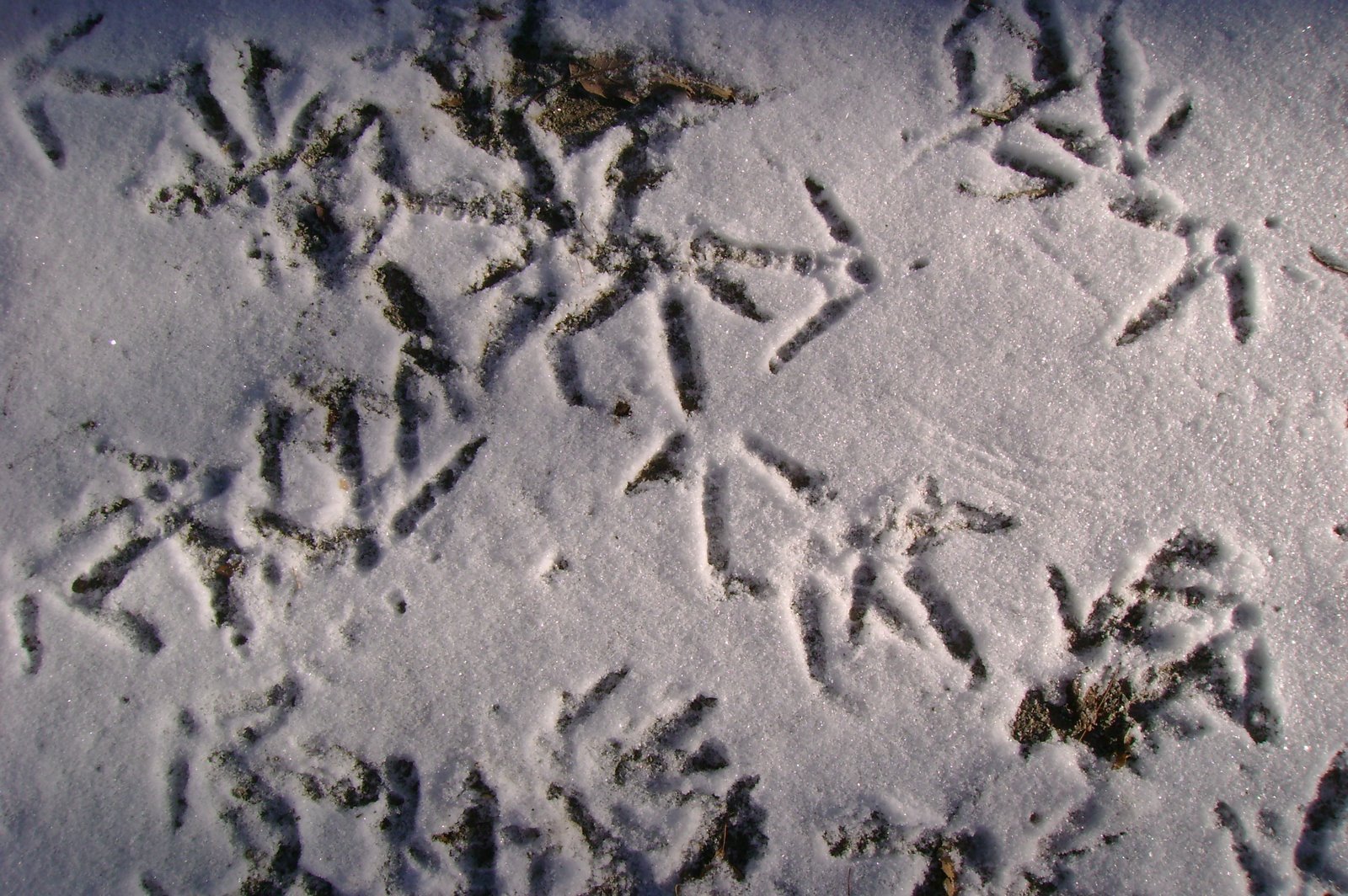Jan 16, 2020
WINTER SCOUTING FOR TURKEYS
Deer season has come and gone once again. So has college football. January is nearly a bygone month. This is that time of the year when the avid outdoorsman scratches his head and asks himself, “What next?”
The end of deer season for us means the beginning of turkey season and a continuation of our pursuit for squirrels. The reason this last part is important is because having the opportunity to shoot a few squirrels while we’re out in the woods doing some winter scouting for turkeys gives us incentive to go even on those frigid days. Right now, while hens and gobblers remain flocked up, is the best time to figure out where they’ll be once they disperse in the next four to six weeks.
Always carry a good binocular. Winter flocks of turkeys are fairly easy to spot, even from the road if you know where to look. Glassing will help you identify mature gobblers and provide a better understanding of what you have to look forward to.
Also keep in mind that turkeys in their winter groups may have different spring grounds. Unlike wide-ranging bucks, however, a turkey usually won’t go more than a couple of miles, if that. Continuing to scout by following the gobblers will give you a better forecast of where to set up come opening day.
Walk High Ridges
Look especially hard down south-facing slopes. Deer and turkey alike prefer the sunshine on cold days so they’ll congregate where it’s warm. Walk up and down hardwood ridges looking for areas where flocks are scratching for leftover acorns, hickory nuts and other forage that was missed by squirrels and deer.
Kick Around Cattle Farms
A turkey can get about everything it needs to survive from a cattle operation. They’ll scratch through cow pies for certain nutrients, eat hay and utilize the drinking water. Make sure there is a good stand of hardwoods nearby where the flock is likely to roost. These flocks are easiest to find on the Midwestern plains where cattle farms are abundant and hardwoods are not.
Keep Your Trail Cameras Active
If you can’t always be there, your trail cameras can. Just because deer season is over doesn’t mean you have to take them down until summer. In fact, as post-season scouting for deer is becoming more popular, trail cameras can serve you two-fold. Just be careful about overfeeding with corn as it can be extremely detrimental to deer, sometimes resulting in death.
Use the Internet
Google Earth is one of the best tools available to hunters. If you’re planning to hunt public land or some other private ground that you’re not familiar with, take to the internet to give yourself a head start on learning the landscape. Just seeing an aerial snapshot can help you formulate a plan on the run for those hard-to-get gobblers.
Most states are doing a pretty good job of creating user-friendly maps for public land hunters that outline each wildlife management area’s boundaries, parking lots, etc. Heck, some are even optimized for mobile phones. If your home state is still stuck in the Dark Ages, at least you can access a phone number or email address for the wildlife biologist or information coordinator in your region.
Go Squirrel Hunting
Going to the woods and returning with some sort of bounty usually makes the trip worth the effort. Winter scouting for turkeys and squirrel hunting really go hand in hand. Neither require you to rise with the sun. Start mid-morning. Plus, you don’t necessarily need to see turkeys to know they’re around. Areas where they have been scratching are easily identifiable by the upturned leaves and droppings.

Continuing to spend time in the woods between now and turkey season has several additional benefits. First, it keeps you active. Ever noticed how hunters are some of the most happy-go-lucky people? That’s the combination of exercise, fresh air and a relationship with Mother Nature that you won’t find in Central Park.
Wintertime turkey scouting will also help you to continue developing as a woodsman. Sound woodsmanship is acquired mostly by simply being there. Knowing where to walk or how to approach a certain field is a savviness that can really only be taught by being there. Step lightly. Repetition. It’s late January on a cold, windy day. And we think it’s time for a walk in the woods.
